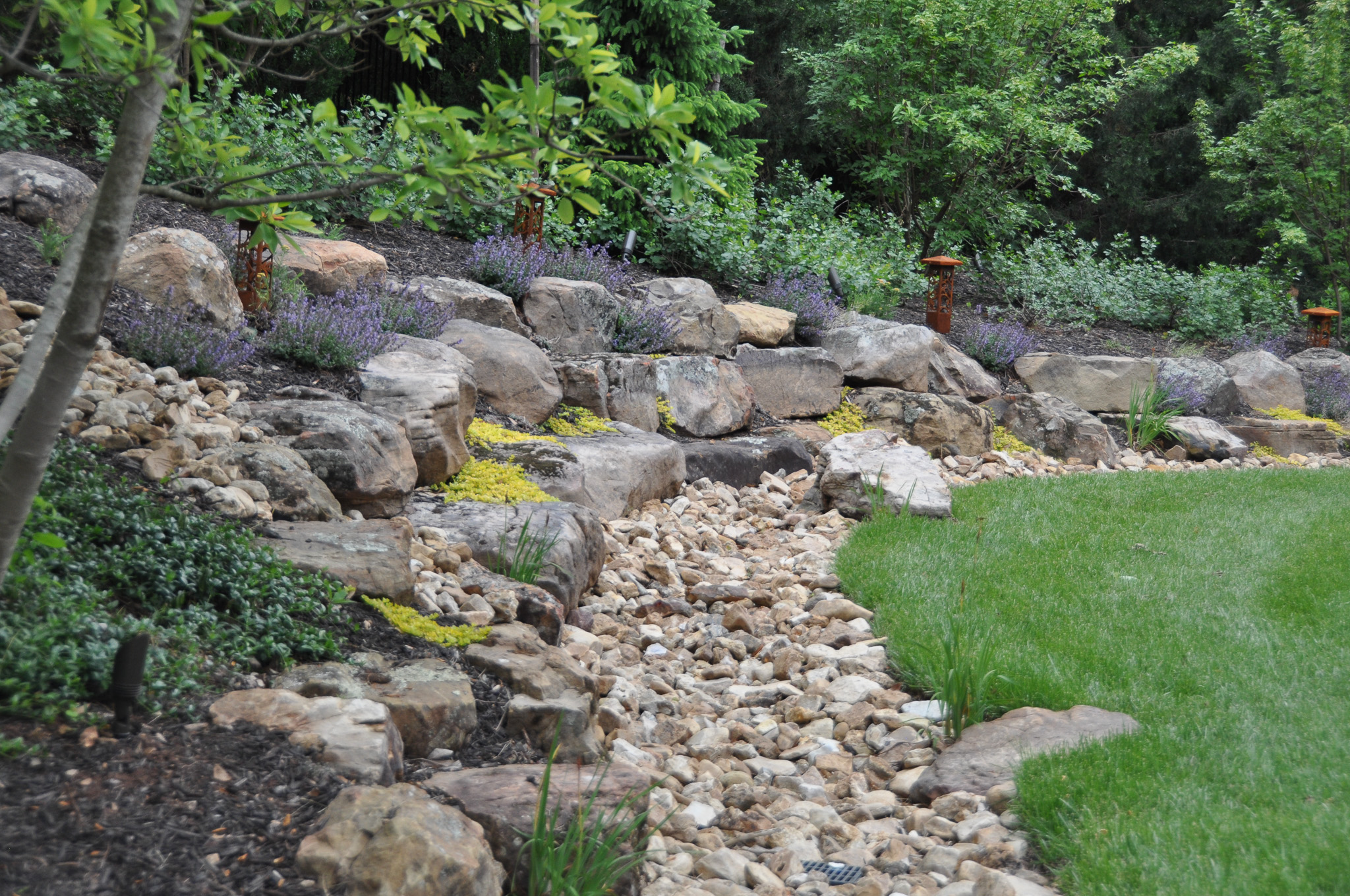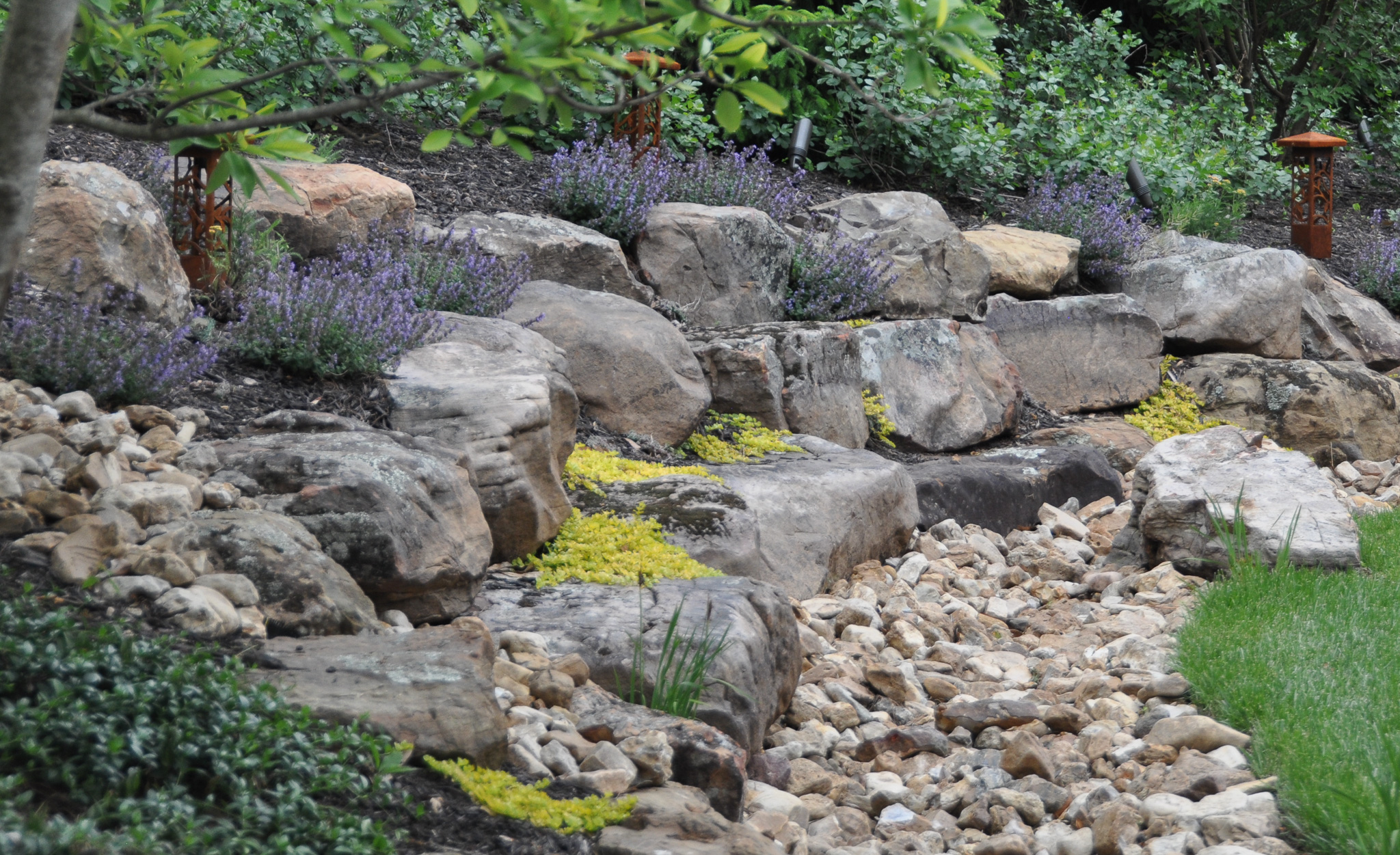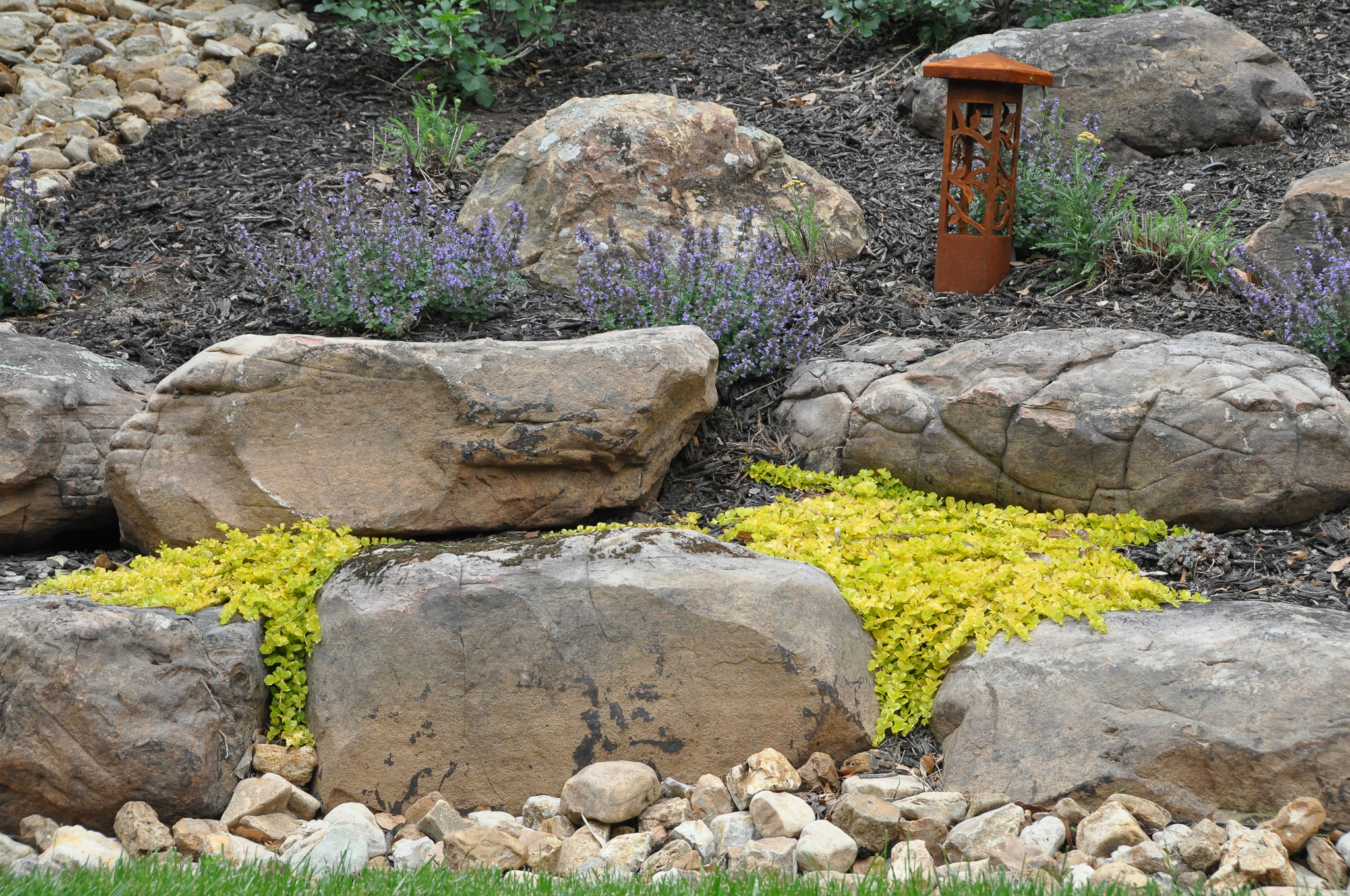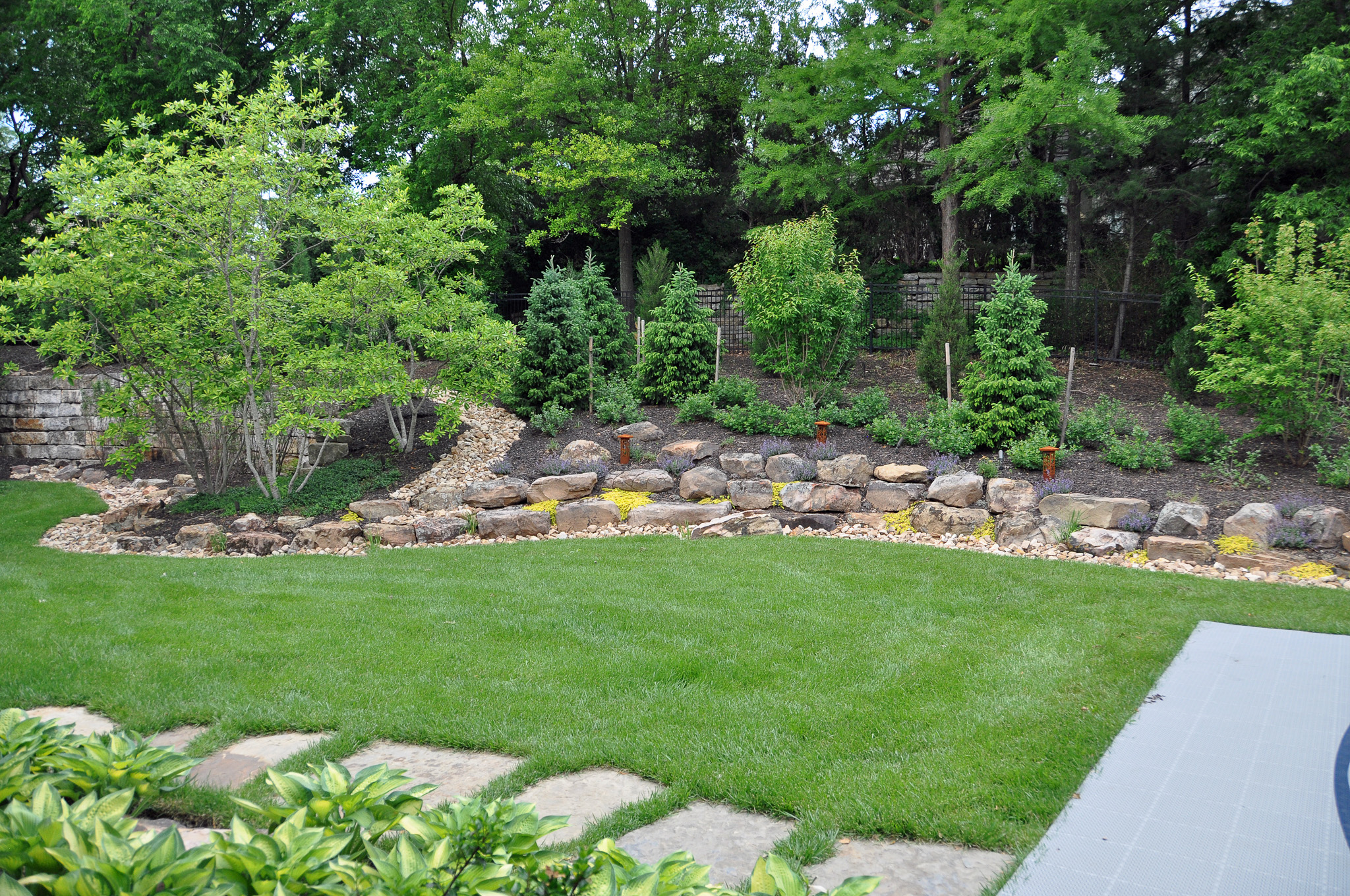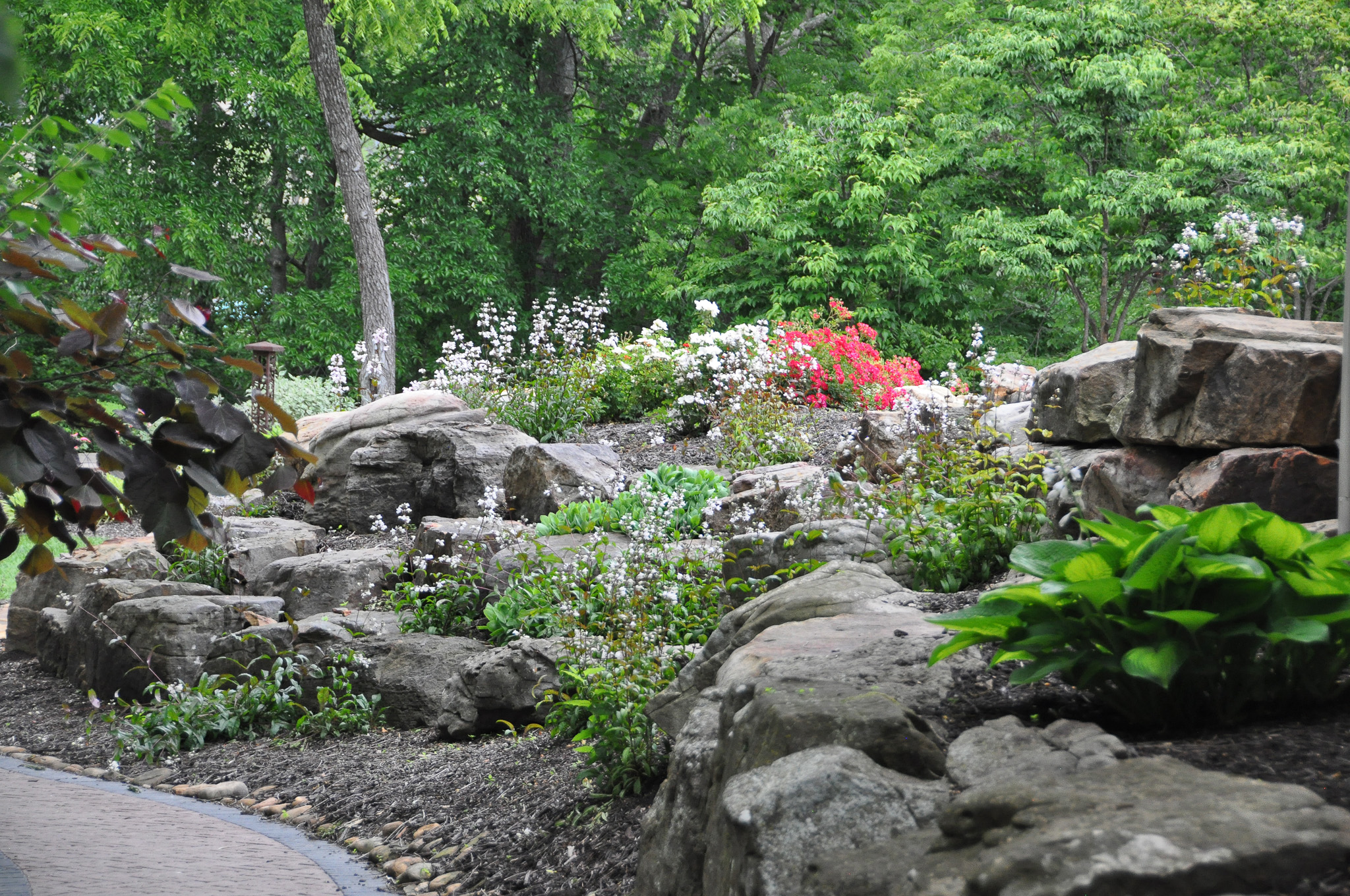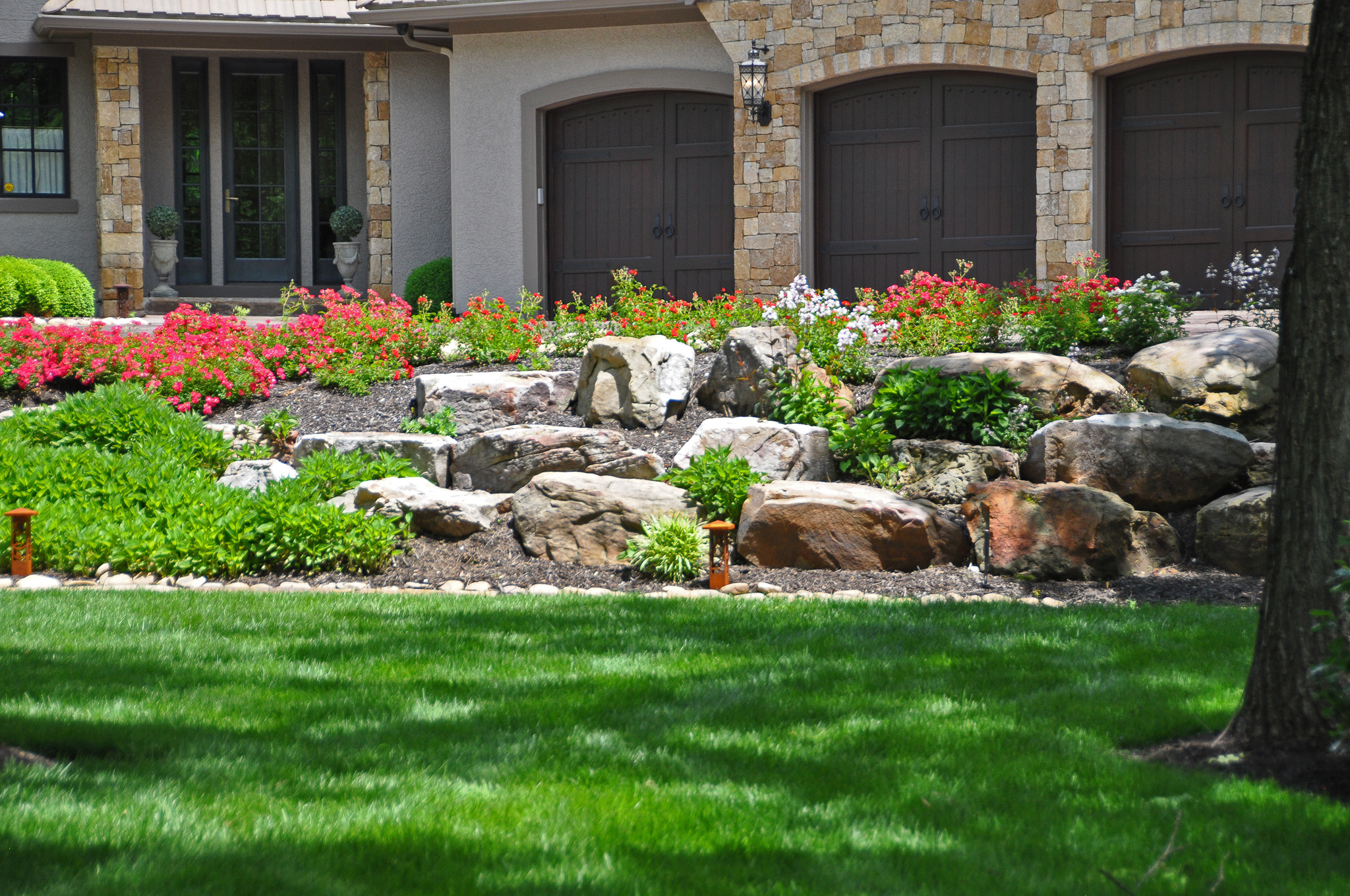I recently learned, thanks to a very erudite neighbor, that I do NOT have a rock garden in my backyard – I have a rockery. According to her, rock gardens are expansive grounds found in parks or botanic gardens. An historic home may have one, but only if the area it encompasses is quite large. Family homes in traditional neighborhoods like ours have rockeries. Doing a bit of research, I found that my formidable neighbor was, once again, correct, at least for those gardeners of British heritage. Given their history with rock gardens and rockeries though, I think that the British deserve the right to assign names.
The first documented rock garden was constructed in 1774 in the Chelsea Garden as a place to grow and study alpine plants. By the early 1800s, Victorians embraced the idea of installing miniature rock gardens of their own filled with the alpine plants they saw on their travels through the Alps. Soon, the Victorians were enthusiastically building rockeries for sun and for shade. Shade rockeries, known as ferneries, became famous for the lush greenery collected from places as common as the nearby woods to as far away as the West Indies and Asia. By the early 1900s, the passion for ferneries began to subside, but the love of rock gardens, and rockeries, continued.
While the Victorians saw their rockeries as a way to showcase alpine treasures, rockeries today feature a variety of styles and a wide range of plants. A Japanese Zen Rock Garden (karesansui garden) for example, is known for its minimalistic design, while a Desert Rock Garden mimics the landscape of the southwest. A cottage rockery boasts a profusion of cheerful blooms surrounding well-placed boulders. Others may feature succulents or sedum or highlight the sculptural beauty of the rocks themselves.
Regardless of the style of rockery you choose, they all share some important characteristics. All of the rockeries are low maintenance, water-saving alternatives to traditional lawns, ornamental beds and steep slopes. They feature plants that are drought tolerant, need little, if any, fertilizer to thrive and have long lifespans.
With careful planning, rockeries can fit seamlessly into any landscape. A sloping site can be turned into a rockery on a cliff, with plants tucked into gaps between stones. Terracing large or small areas can be used to integrate rockeries into existing landscapes adding drama or a needed focal point. Raised beds can become beautiful rockeries if they are bordered by rocks that form plantable walls. Beds that are traditionally difficult like curbside strips or ones blocked from rainwater can be good candidates for rockeries.
As in any landscaping project, choosing the right materials is critical. Rocks, the larger, solid masses, should blend in with the environment you are creating. Some designers recommend that the majority of massive pieces should be somewhat lighter in color to avoid a dark, weighed down atmosphere. Smaller stones, on the other hand, can be used to add accents to the design, although they should still fit with the overall aesthetics.
The old adage “right plant, right place” holds for rock gardens and rockeries too. Before selecting and planting any greenery, it’s important to carefully evaluate the site for type and amount of sunlight, protection from hot and cold winds, type and depth of soil and access to moisture.
With the information in hand, then it’s time to select appropriate plants for the project. For the greatest visual interest, choose ones with a variety of sizes, shapes, colors and textures. Space bloom dates throughout the season and consider adding grasses like little bluestem for winter interest as well. Until established, keep newly planted areas watered, but avoid over-watering.
Adding a rockery to your landscape not only adds an unexpected touch of beauty to your property, it also helps to protect and conserve that very valuable resource we all share -- water.
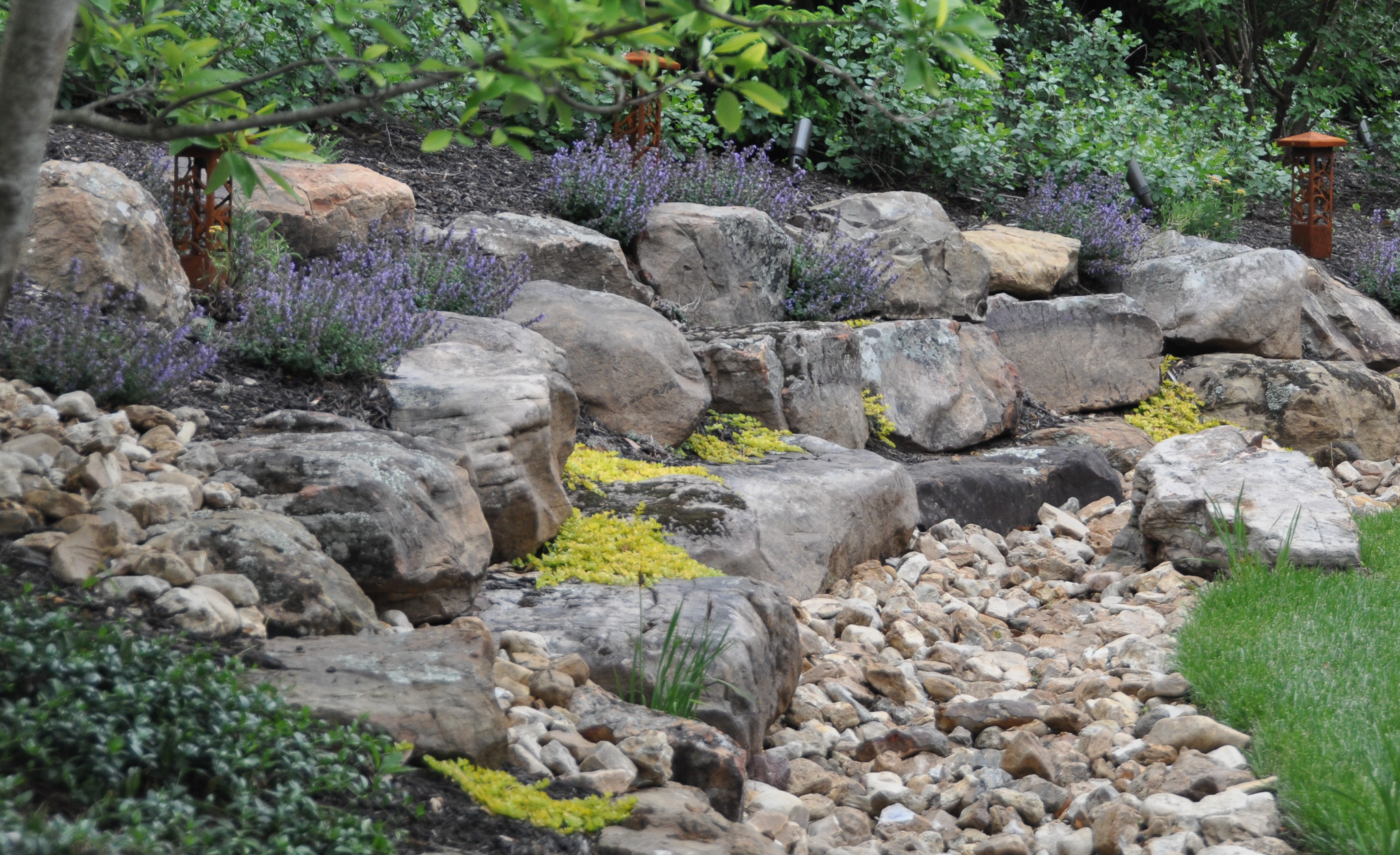
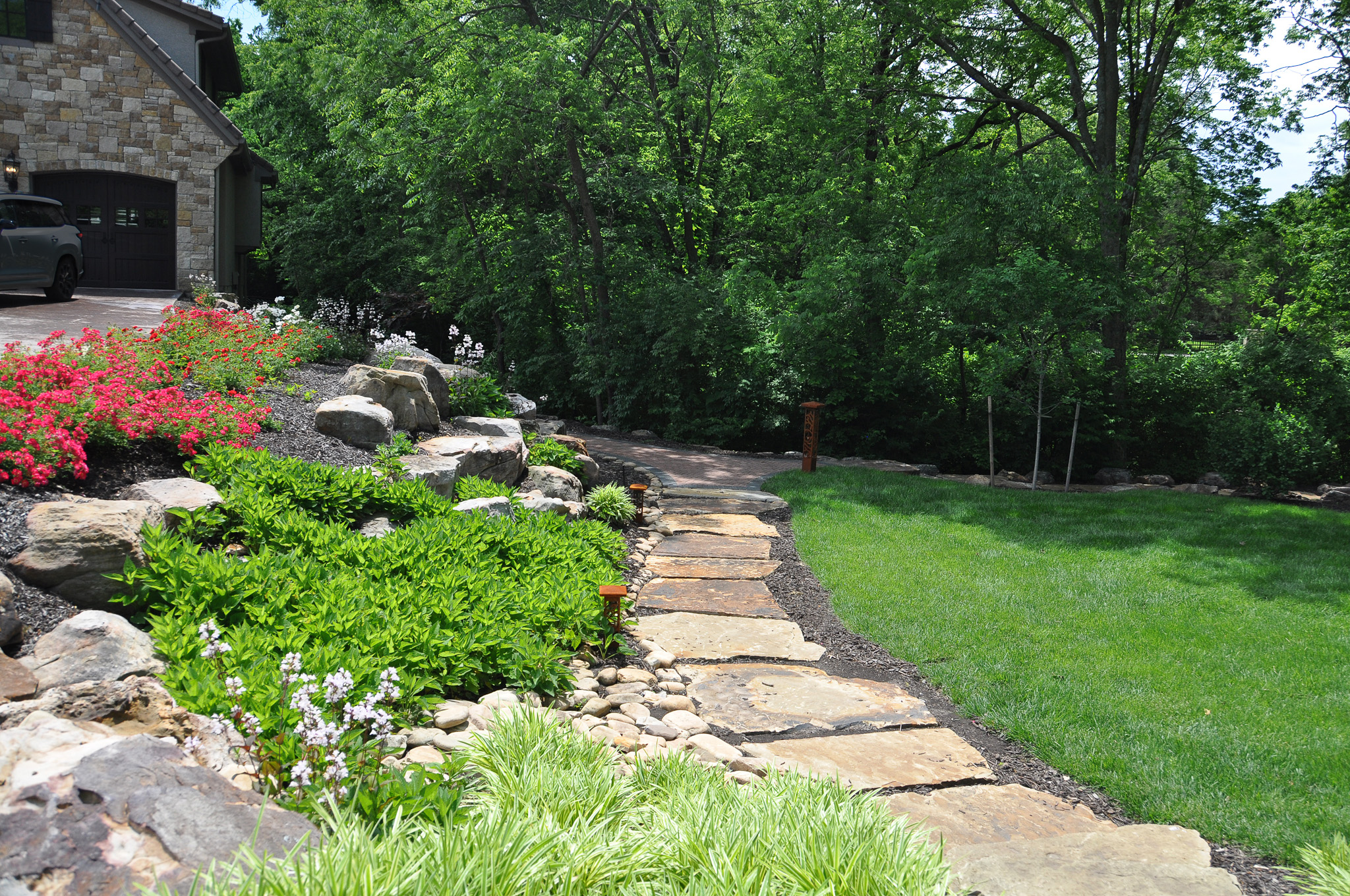
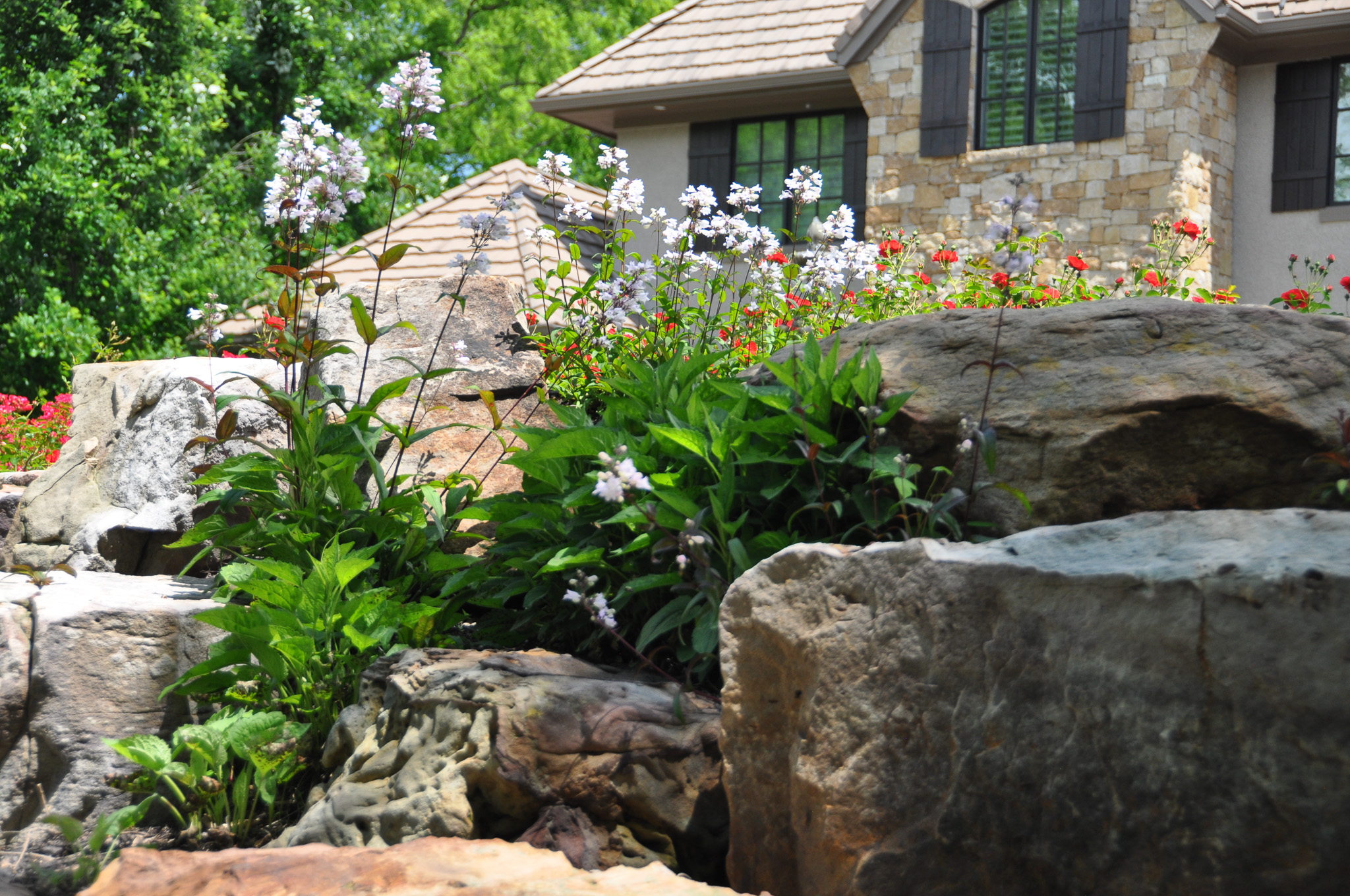
.jpg)
